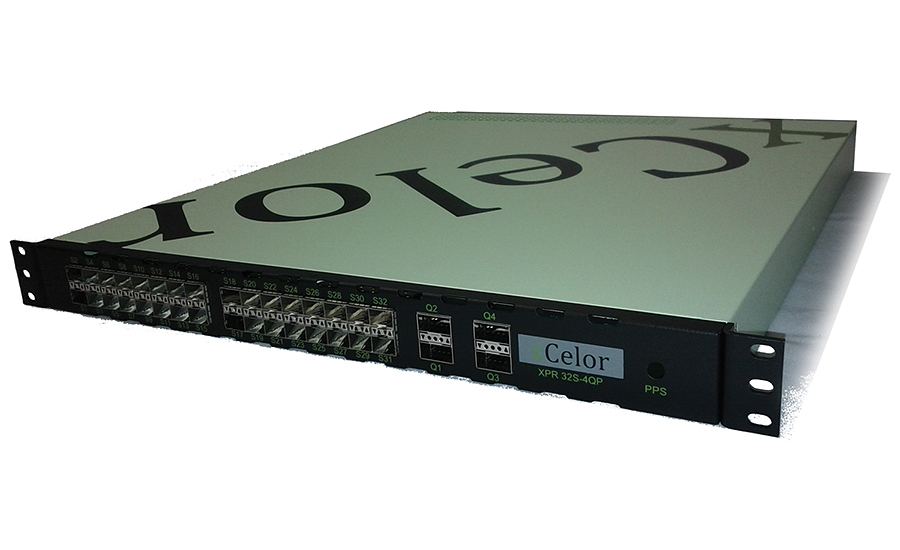Over the last month, I have spoken at five different events on data centers, acquisitions, and the new role of the CIO. At the CIO Summit in Chicago, I was asked, “Where should the new CIO put their greatest efforts: technology, innovation or people?” I was on the panel with Kevin Smith, vice president of Cloud at Boeing, and his response was more-or-less that people drive the technology and innovation required to succeed. I agree, and it started me thinking more about the question.
Technology Benefits
Recently, my firm was retained to take a current product that was successfully marketed to the trading industry and redesign it for the data center industry. The product was a Layer One switch that has the lowest latency features within the trading industry. The product eliminated the cross connect process manually, and through software is able to do cross connects instantly (it unusually takes a week to order a cross connect through contractors). This product is called xCelor xPort.
As we dug into the product and the Layer One market, I was surprised that very few data centers used an intelligent layer one switch. We conducted an in-depth research study of the market and the re-engineering required for the product and were able to come up with multiple reasons for the deployment of this technology within new data centers as well as other markets ( e.g., carriers, high rises, and the colocation industry). In the research, we identified that the new construction market for data centers within 2015 equals approximately $9 billion with a CAGR of 10% annually through 2019. With that said, we evaluated the pricing of the newly designed layer one switch and concluded that the xCelor product was only 1.25% of the total cost of construction for a new data center.
The manual process of conducting cross connects usually includes a call into a local union contractor, development of MOPs, scheduling of the installation, testing, and final signoff of the work completed. This process takes approximately five days from the time the order is put in. Through the xCelor product, the entire process really only takes seconds. And colocation providers can still charge the same pricing to clients for a new cross connect. The savings for a 50,000-sq-ft data center is approximately $109,000 per year.
Technology or People
The xCelor product was created because “people” within the trading industry needed a low latency product, and the solution eliminated the cost and time for cross connects. It was developed to help “people.” Through innovation and the availability of product parts within the market, the initial product was developed through necessity by endusers. When people drive innovation through necessity, the end result usually has the greatest impact on operations.
One of the biggest challenges of the CIO is to deploy new technology that endusers may not understand the benefits of until they actually see them. Training becomes critical while conducting the internal roll out of a new product. Until the product is fully implemented within the organization, management often doesn’t understand its benefits, and it is up to the CIO to “sell innovation” to management prior to the roll out. This includes everything from migrating to cloud to mobility technologies. The process often requires a complete TCO review prior to implementation.
My Final Answer
While people are the drivers of new technology, the technology industry needs to create products that will offer benefits to the enduser. The new xCelor product line offers several advantages to the data center and colocation industry, but only through installation and use of the product will the industry fully recognize these benefits. It only takes a few installations before the word gets out about the competitive advantages and revenue that is generated through marketing and sales. People will be requesting the layer one switch, and the industry will begin to deploy the product through necessity and competition.
The final answer? The combination of technology, innovation, and people is like a three-legged stool. One leg needs the other to stand up properly. They are dependent on each other. n



